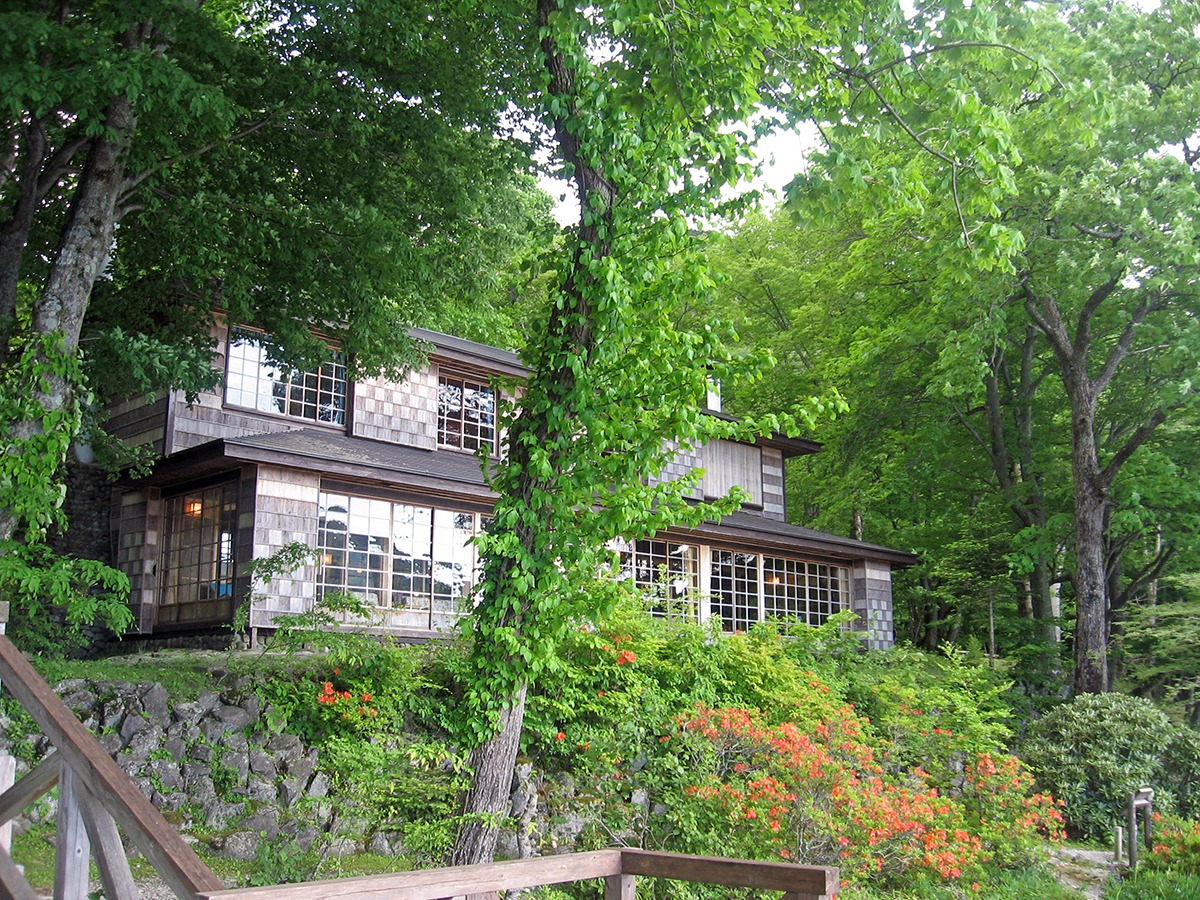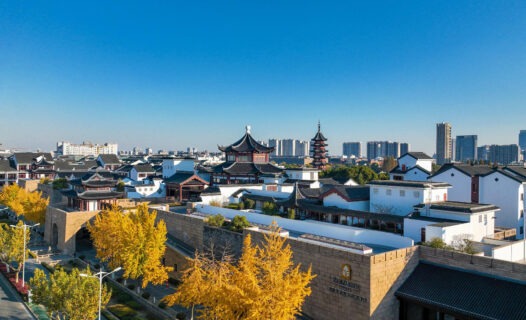Introduction
In Japan, the cherry blossom season is more than just a stunning display of pink petals; it’s a time for cultural celebration and reflection. One of the most cherished traditions to experience during this enchanting period is the tea ceremony. This artful ritual, known as chanoyu, weaves together the beauty of nature and the elegance of Japanese culture, creating a sensory experience that captivates both locals and visitors alike. As the delicate blossoms flutter in the breeze, participating in a tea ceremony allows you to immerse yourself in the tranquility and mindfulness that this ancient practice embodies.
The Art of the Japanese Tea Ceremony
The Japanese tea ceremony, or tea ceremony in Japan, is steeped in history and philosophy, with roots tracing back to the 9th century. Initially introduced by Buddhist monks, the practice evolved over the centuries, becoming a symbol of hospitality and respect. It’s not just about drinking tea; it’s a meditative experience that emphasizes harmony, respect, purity, and tranquility—principles that guide every aspect of the ceremony.
During a traditional tea ceremony, participants are invited to slow down, appreciate the moment, and connect with their surroundings. The meticulous preparation and presentation of matcha, a finely ground green tea, highlight the beauty of simplicity. Each movement, from the whisking of the tea to the graceful passing of the tea bowl, is performed with intention and care, inviting participants to engage in a mindful experience.
As you sip your warm cup of matcha, you’ll find that the tea ceremony is not just a performance; it’s a cultural ritual that fosters connection and appreciation for the present moment. If you’re eager to learn more about this beautiful tradition, check out A Complete Guide to Japan’s Traditional Tea Ceremony.
Cherry Blossom Season: A Magical Time for Tea
As the cherry blossoms bloom, Japan transforms into a breathtaking landscape of pastel hues. This annual cherry blossom season in Japan, or sakura season, typically takes place from late March to early April, drawing crowds from around the world eager to witness the fleeting beauty of the flowers. The sight of cherry blossoms is not just visually stunning; it carries deep cultural significance, symbolizing renewal and the transient nature of life.
During this magical time, tea ceremonies take on an added layer of beauty. Imagine sitting beneath a canopy of delicate pink blossoms, sipping matcha while the petals dance around you. The sakura tea ceremony is a celebration of nature’s beauty, where participants can truly appreciate the harmony between the tea and its surroundings. The connection between the tea ceremony and cherry blossoms enhances the experience, making it a must-do during your visit to Japan.
Cherry blossom festivals, or hanami, often incorporate tea ceremonies, allowing you to enjoy the best of both worlds. These festivals create a festive atmosphere filled with laughter, music, and the joy of sharing tea among friends and family. For a comprehensive look at the exciting activities during this season, don’t miss Unforgettable Experiences: The Ultimate Guide to Must-Do Activities in Japan.
Seasonal Tea Ceremonies: Embracing Nature’s Beauty
What makes the tea ceremony truly special is its adaptability to the changing seasons. Each season brings its own unique charm, and the ceremonies reflect this natural rhythm. During cherry blossom season, tea ceremonies are often held outdoors, allowing participants to fully immerse themselves in the beauty of their surroundings. Picture yourself seated in a serene park, surrounded by blooming sakura trees, as you partake in this delightful ritual.
Outdoor tea ceremonies not only enhance the sensory experience but also deepen the connection between nature and tradition. The gentle rustle of leaves, the soft chirping of birds, and the sweet fragrance of cherry blossoms create an ambiance that is simply unmatched. If you’re curious about where to find these enchanting experiences, explore the local parks and gardens that host seasonal tea ceremonies, especially in cities like Kyoto and Tokyo.
The Rituals of the Tea Ceremony Experience
Participating in a traditional tea ceremony is an immersive experience that goes beyond simply enjoying a cup of tea. Each ceremony is filled with specific rituals and etiquette that honor the art form and its cultural significance. From the moment you enter the tea room, you’ll be enveloped in a serene atmosphere that encourages mindfulness and respect.
Before the ceremony begins, it’s customary to cleanse your hands and mouth at a water basin, symbolizing purification. As guests, you’ll be invited to sit quietly, allowing the host to prepare the tea with grace and precision. The act of serving and receiving tea is a delicate dance, where every gesture is intentional. Remember, it’s not just about the tea; it’s about the connections made and the moments shared.
To ensure you make the most of this experience, familiarize yourself with the basic tea ceremony etiquette. From how to hold the tea bowl to the proper way to express gratitude, these nuances will enrich your understanding and appreciation of this beautiful tradition. For more detailed insights into the rituals involved, check out Kimono and Tea Ceremony Experience in Kyoto.
Matcha: The Heart of the Ceremony
At the center of the Japanese tea ceremony is matcha, a finely ground green tea that brings a unique depth to this cultural experience. The vibrant green color and rich flavor of matcha not only delight the senses but also symbolize the spirit of the tea ceremony itself. When you participate in a matcha tea ceremony, you’re not just sipping tea; you’re engaging in a ritual that has been cherished for centuries.
The preparation of matcha is an art in itself. The tea master skillfully measures the powdered tea and hot water, whisking it to create a frothy, smooth beverage. Each step is executed with precision and care, reflecting the principles of harmony and respect. As you take your first sip, notice the creamy texture and the slight bitterness that gives way to a sweet aftertaste—it’s a sensory delight that connects you to the rich history of Japan.
For those eager to learn more about the culinary aspects of Japanese culture, don’t miss out on the delicious experiences that await you. Explore the flavors of Japan in Exploring Japan’s Exquisite Culinary Landscape.
Cherry Blossom Festivals: Celebrating with Tea
During cherry blossom season, the beauty of sakura is celebrated with numerous festivals throughout Japan. These cherry blossom festivals offer a unique opportunity to experience the joy of hanami, or flower viewing, while indulging in the serenity of a tea ceremony. Imagine gathering with friends and family under a blooming cherry tree, sharing laughter and sipping matcha as petals drift down like confetti.
Many festivals incorporate traditional tea ceremonies, allowing visitors to participate in this cultural celebration. Events like the hanami tea ceremony provide a perfect blend of nature and tradition, where you can appreciate the fleeting beauty of the blossoms while engaging in this timeless ritual. Festivals such as the Kyoto Hanami Festival and the Shinjuku Gyoen Cherry Blossom Festival are excellent places to experience this magical combination.
For more insights into these vibrant celebrations, check out The Ultimate Guide to Must-Do Activities in Japan.
Practical Tips for Experiencing Tea Ceremonies
If you’re ready to immerse yourself in the beauty of the tea ceremony during cherry blossom season, here are some practical tips to make the most of your experience:
- Book in Advance: Tea ceremonies can fill up quickly, especially during the cherry blossom season. Make sure to reserve your spot ahead of time to secure your experience.
- Dress Appropriately: While you can certainly wear casual clothing, consider donning a traditional kimono for a more authentic experience. Many places offer kimono rentals, allowing you to fully embrace the moment.
- Arrive Early: Give yourself time to soak in the ambiance of the location. Arriving early allows you to appreciate the beauty of the cherry blossoms and the serenity of the tea setting.
- Participate Mindfully: Engage in the ceremony with an open heart and mind. Follow the etiquette, appreciate the rituals, and savor each sip of matcha.
For a deeper dive into the practicalities of tea ceremonies, consider checking out Ultimate Japan Travel Guide 2024.
Cultural Etiquette: Navigating the Tea Ceremony
- Respect the Space: When entering the tea room, bow slightly to show respect. This small gesture sets the tone for the experience.
- Handle the Tea Bowl with Care: When receiving the tea bowl, use both hands to show gratitude. Rotate the bowl slightly before taking a sip, as a sign of respect for the host.
- Express Gratitude: After sipping, it’s customary to say “Oishii” (delicious) or “Gochisosama deshita” (thank you for the meal) to express your appreciation.
- Mind Your Manners: Keep conversation light and respectful during the ceremony. This is a time for reflection and connection with the present moment.
For more detailed etiquette tips, check out Celebrating Coming of Age Day in Japan.
Capturing the Moment: Tea Ceremony Photography Tips
As you partake in the tea ceremony, you’ll undoubtedly want to capture the beauty of the experience. Here are some photography tips to help you take stunning pictures:
- Golden Hour Glow: The best time to snap photos is during the golden hour, just after sunrise or before sunset. The soft light enhances the beauty of the cherry blossoms and the tea ceremony.
- Focus on Details: Capture the intricate details of the tea utensils, the vibrant matcha, and the delicate sakura petals. These close-up shots will tell a beautiful story.
- Natural Angles: Experiment with different angles. Try shooting from a low perspective to include both the tea ceremony and the cherry blossoms in the frame.
- Respect Privacy: Always ask for permission before photographing others, especially during intimate moments of the ceremony.
For more insights into photography while traveling, explore Journey Through Japan: Cultural Wonders.
Fun Facts About the Tea Ceremony and Cherry Blossoms
Did you know that the tea ceremony and cherry blossoms share fascinating connections? Here are some fun facts to enrich your knowledge:
- Symbolism of Sakura: Cherry blossoms symbolize the transient nature of life, mirroring the fleeting moments experienced during the tea ceremony.
- Seasonal Variations: Different seasons influence the type of tea used and the setting of the ceremony, making each experience unique.
- Tea as a Gift: In Japan, offering tea is a gesture of hospitality and respect, making the tea ceremony a meaningful social event.
- Zen Influence: The tea ceremony is deeply rooted in Zen philosophy, promoting mindfulness and a connection to nature.
Safety and Health Guidelines for Travelers
As you prepare to experience the tea ceremony during cherry blossom season, keeping health and safety in mind is essential. Here are some tips to consider:
- Stay Hydrated: If you’re participating in outdoor ceremonies, be sure to drink plenty of water, especially if you’re enjoying the spring sun.
- Check Allergies: If you’re allergic to pollen, consider taking precautions during your visit to cherry blossom parks.
- Respect Local Guidelines: Follow any health guidelines or restrictions in place during your visit, ensuring a safe and enjoyable experience for everyone.
Transportation Tips for Tea Ceremony Locations
Getting to the perfect tea ceremony location is crucial for a seamless experience. Here are some transportation tips:
- Public Transport: Japan’s public transport system is efficient and reliable. Use trains and buses to reach popular tea ceremony spots easily.
- Walking Distance: Many tea ceremony locations are within walking distance of cherry blossom parks. Plan your route to enjoy the scenery along the way.
- Consider Biking: Renting a bike is a fun way to explore the cherry blossom areas and reach your tea ceremony destination at your own pace.
Experiencing a tea ceremony during the cherry blossom season is a beautiful way to connect with Japanese culture. As you sip matcha beneath the blooming sakura, you’ll create memories that will last a lifetime. So grab your kimono, gather your friends, and immerse yourself in this enchanting tradition!



















